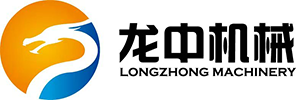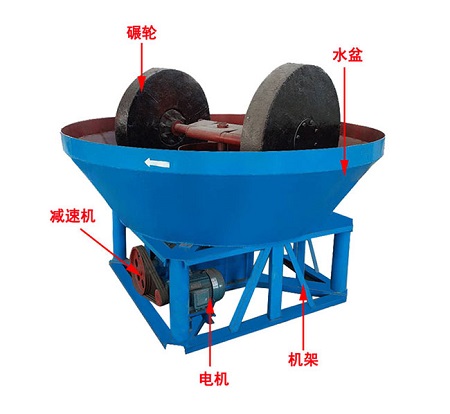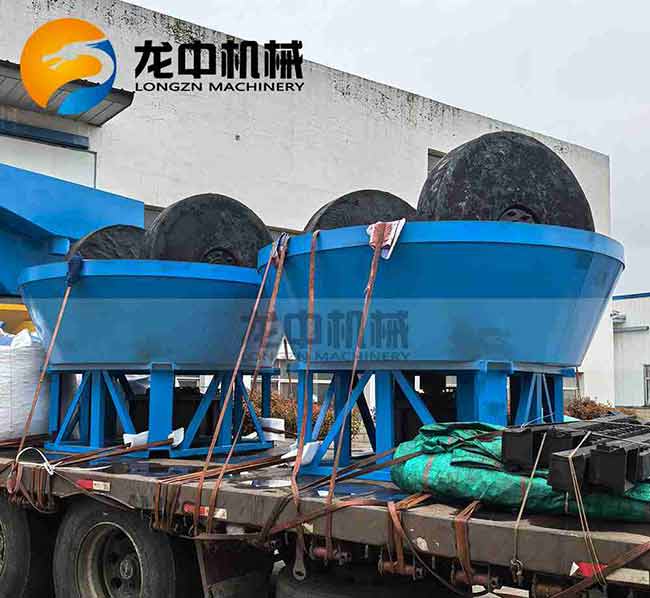

A Gold Grinding Machine is equipment used for further pulverization after material crushing. Also known as a wheel mill or edge mill, it features simple structure, high output, low energy consumption, and good efficiency. It can be used for grinding gold ore, iron ore, molybdenum ore, lead-zinc ore, antimony ore, cement, silicate products, building materials, refractory materials, glass, ceramics and other materials. The Gold Grinding Machine can perform both dry and wet grinding. It can process all ores and materials that a ball mill can handle, and it offers the characteristics of easy installation, maintenance, and high output.
The Gold Grinding Machine mainly consists of a power device, frame, water pan (or basin), grinding wheels, and grinding pan... It adopts a wheel-driven grinding method to crush materials.

During operation, the motor first transmits power to the reducer. Driven by the reducer, torque is transmitted via the large vertical shaft to the horizontal shaft above. Then, through pull rods installed at both ends of the horizontal shaft, the force is transmitted to the grinding wheels, providing the driving force for the wheels to rotate clockwise horizontally along the shaft. During operation, the grinding wheels not only revolve around the large vertical shaft of the mill (revolution) but also rotate around their own central axes (rotation), while the grinding pan remains stationary. The added ore material is subjected to the compressive force from the weight of the grinding wheels themselves and the immense friction generated between the revolving/rotating wheels and the stationary pan. Through repeated compression, kneading, and grinding, the material is thoroughly pulverized.

While the grinding wheels are pressing and kneading the minerals, they also perform the functions of mixing and slurry making, fully and uniformly mixing the material with water to stabilize grinding indicators such as pulp density. The finely ground, liberated mineral particles are carried to the upper layer of the liquid in the turbulent pulp and are discharged via the overflow outlet located on the water pan, proceeding to the next processing stage. Coarser mineral particles settle at the bottom of the grinding pan and continue to be ground until the fineness meets the standard. The screen mesh (the mesh size should be set appropriately based on the mineral type and separation requirements) installed at the discharge outlet of the water pan strictly controls the classification particle size, preventing issues like over-grinding or uneven particle size distribution, thereby creating favorable conditions for subsequent processing stages.